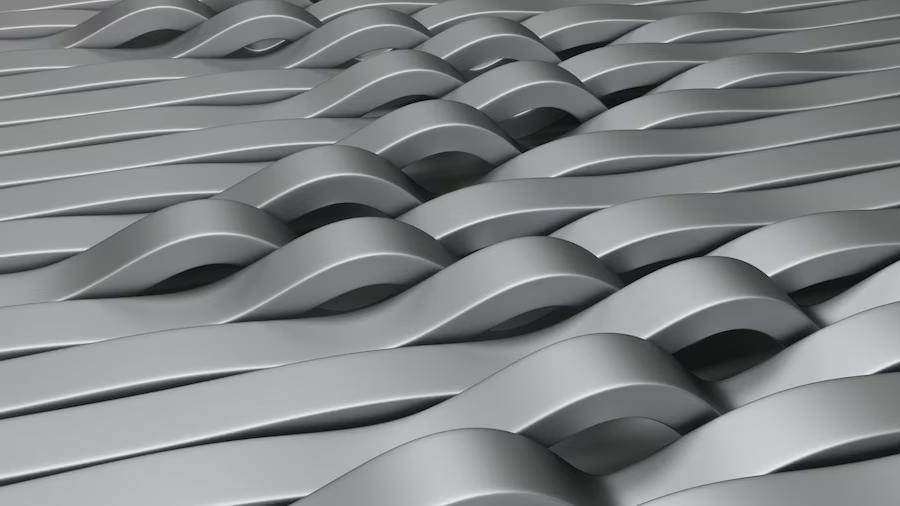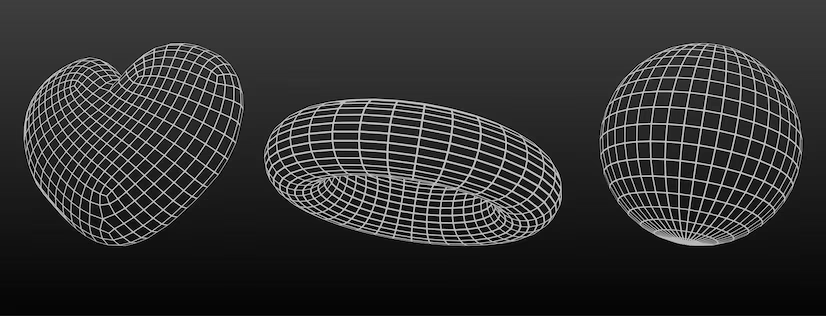Parametric 3D modeling is a powerful and transformative technology that is reshaping the way professionals approach design and creativity. Architects, engineers, designers, and artists are leveraging this innovative approach to create intricate and adaptable 3D models through the manipulation of parameters and constraints.
In this comprehensive article, we explore the world of parametric 3D modeling, its diverse software applications, and its impact on popular design tools like AutoCAD and 3ds Max. Get ready to uncover the possibilities, efficiency, and unparalleled creativity that parametric 3D modeling brings to various industries.
Understanding Parametric 3D Modeling Software
At the heart of parametric 3D modeling lies a range of software tools that empower designers to realize their visions with unprecedented control and flexibility.
Rhino: Embracing Complexity with Grace
Rhino, a leading parametric modeling software, stands out with its user-friendly interface and a rich set of tools catering to diverse design disciplines. It excels in handling intricate geometries and establishing complex relationships, making it a top choice for architects, industrial designers, and animators.
Grasshopper: Empowering Creative Expression
Grasshopper, an extension for Rhino, introduces a node-based visual programming approach to parametric modeling. Through this innovative system, designers effortlessly create, modify, and explore designs, simplifying the complexities of 3D modeling.
CATIA: Pioneering Parametric Design in Engineering
CATIA, renowned for its robust engineering capabilities, offers powerful parametric tools that revolutionize product design and simulation. Engineers harness its precision to optimize and validate designs, particularly in industries like aerospace and automotive.
Fusion 360: Bridging Design and Manufacturing
Fusion 360 takes parametric capabilities beyond design, seamlessly integrating with manufacturing processes. This fosters efficient collaboration among designers, engineers, and manufacturers, streamlining project workflows.
Mastering Parametric 3D Modeling in AutoCAD
AutoCAD, a widely used CAD software, embraces parametric 3D modeling, elevating design possibilities to new heights.
Embracing the Power of Parametric Constraints
Design Control with Parametric Constraints:
- AutoCAD’s parametric constraints empower designers to impose geometric and dimensional restrictions on 3D models;
- The resulting constraints ensure design consistency and adaptability, simplifying modifications.
Associative Parametric Modeling: Accelerating Iterations
- AutoCAD’s associative parametric modeling establishes relationships between design elements;
- Changes made to one part automatically update related components, expediting the design iteration process.
Revolutionizing Animation with Parametric 3D Modeling in 3ds Max

In animation and visual effects, 3ds Max introduces dynamic parametric tools that breathe life into characters and scenes.
Animating with Precision
Dynamic Character Animation
- 3ds Max’s parametric tools enable animators to create lifelike and interactive characters with precision;
- Characters respond to defined relationships and attributes, resulting in smooth, realistic movements.
Check out this video for more details
Creating Versatile Visual Effects
- Visual effects artists embrace parametric 3D modeling for unprecedented versatility;
- Dynamic environmental conditions like weather changes and lighting variations are seamlessly controlled.
Leveraging Parametric 3D Modeling Across Industries
Parametric 3D modeling’s impact extends across industries, revolutionizing design and production processes.
Advantages of Parametric 3D Modeling in Architecture and Engineering
Efficiency in Design. Parametric modeling allows architects to explore multiple iterations quickly, finding optimal solutions faster. Engineers optimize complex prototypes, reducing development time and costs.
Sustainability and Optimization. Parametric 3D modeling aids in sustainable design practices. Engineers optimize structures for energy efficiency and material usage, contributing to sustainable buildings and products.
Driving Innovation in Product Design
- Rapid Prototyping. Parametric 3D modeling enables quick creation and modification of prototypes, facilitating idea validation before full-scale production;
- Customization and Personalization. Designers offer customizable products tailored to individual customer needs, enhancing satisfaction and loyalty.
Pushing the Limits in Art and Animation
- Interactive Art. Parametric modeling enables artists to craft interactive installations and sculptures, elevating the world of art;
- Dynamic Animation and Visual Effects. Animators leverage parametric tools to create captivating visual effects and bring characters to life.
Embracing the Future of Design with Parametric 3D Modeling
As technology evolves, parametric 3D modeling’s role in shaping the future of design and creativity expands.
Advancements in Parametric Software
Parametric modeling software will evolve, becoming more intuitive and capable of handling increasingly complex design tasks.
Integration with Emerging Technologies
Integration with emerging technologies like virtual reality and augmented reality will revolutionize design visualization.
Conclusion
Parametric 3D modeling has ushered in an era of creativity, efficiency, and innovation. Leveraging software tools like Rhino, Grasshopper, CATIA, Fusion 360, AutoCAD, and 3ds Max, designers and engineers unlock endless possibilities. With continuous advancements and integration with emerging trends, parametric 3D modeling is poised to revolutionize design further, opening new horizons of creative potential.
Embrace the power of parametric 3D modeling, embark on a journey of boundless creativity, precision, and innovation, and shape the future of design and engineering.
